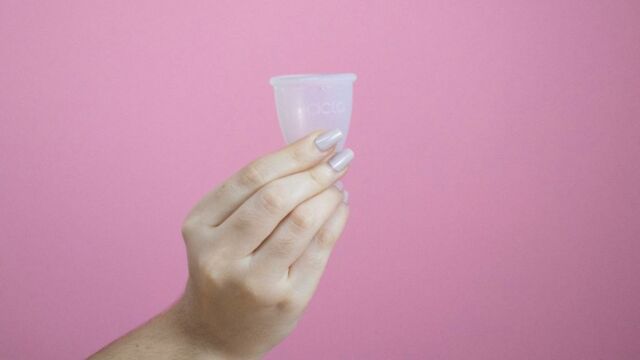Toxic shock is an infectious disease that is a result of the misuse of tampons or menstrual cups.
Discover our latest podcast
A disease linked to bacteria
Toxic shock syndrome is linked to the presence of a bacterium in the vaginal microbiota of some women: Staphylococcus aureus.
When you have your period and you use products you insert internally, like tampons and menstrual cups, blood stagnates inside your vagina. It is in this small amount of fluid that bacteria can grow. The problem is that they can produce a toxin that when released into the bloodstream will attack vital organs, and in some cases, it can lead to death.
Although Staphylococcus aureus is not dangerous in itself, keeping intravaginal sanitary products in for too long without allowing the blood to drain away is the main cause of toxic shock.

What are the symptoms?
The main symptoms can be similar to those of the flu (fever, headache, muscle pain) or those of gastroenteritis (diarrhoea, vomiting, fever).
If you experience these symptoms during your period, the first thing you should do is remove the sanitary protection and consult a doctor or gynaecologist.
Read more:
⋙ Menstrual leave: Should those who menstruate get ‘First Day Period Leave’?
⋙ Ten common period myths that need to be debunked
⋙ Menstruation: 7 reasons why your period might be late
Toxic shock: how to avoid it?
In some cases, toxic shock can have dramatic repercussions and sometimes lead to the amputation of limbs. This is what happened to Sandrine Graneau, who recounts her experience in her book: Toxic shock, should we be afraid of sanitary protection?
However, this syndrome is relatively rare and in the majority of cases, there is a good chance of recovery.
You can also take direct action to limit the risks. To do this, it is necessary to change your tampon or empty your cup every six hours at most.
If you are used to sleeping with a tampon or cup, you should forget about it. According to a French study, the risk of toxic shock is doubled if you keep your protection on for more than six hours and tripled if it stays on all night.
This article has been translated from Oh!MyMag FR.















